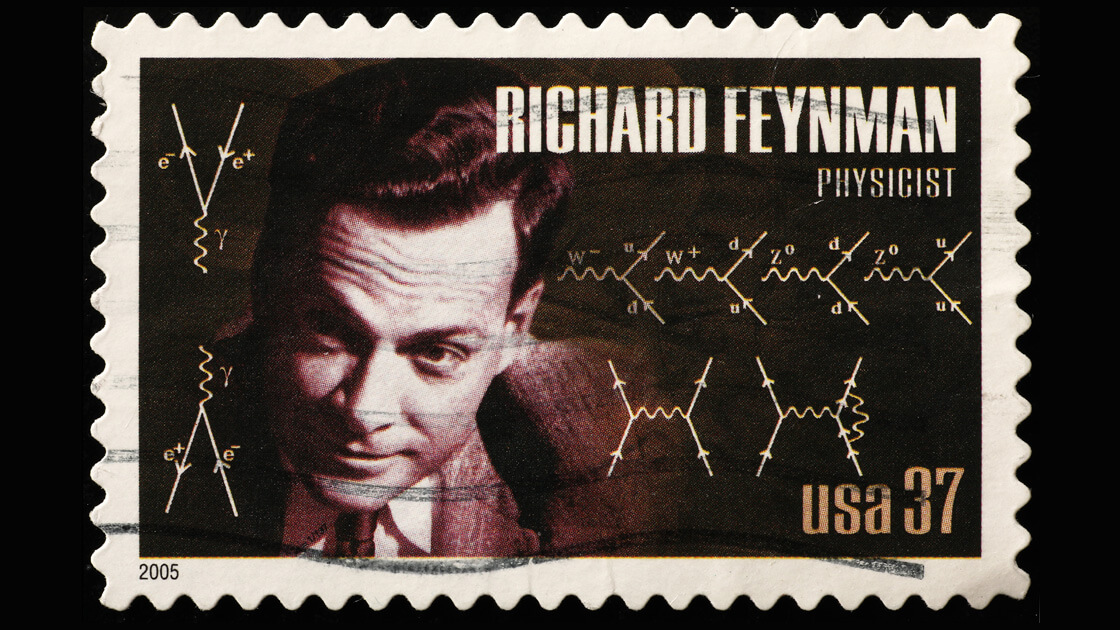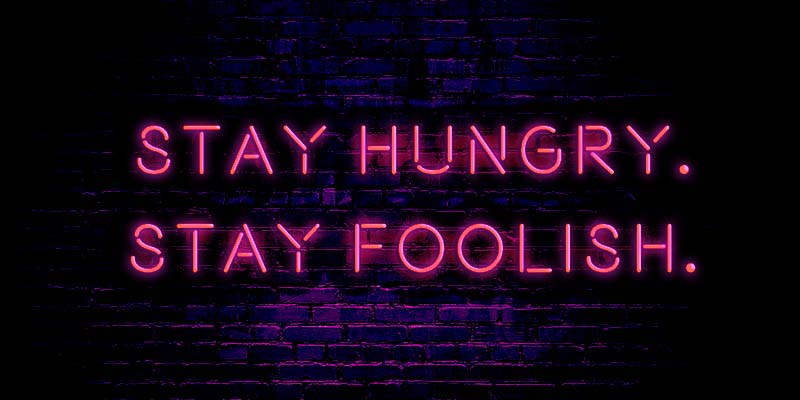If you are anything like me you prefer simplicity to complicated.
Others might disagree.
It certainly seems so, as there are too many overcomplicated solutions to problems out there. Too many overengineered products or services. Too much complicated language to describe, ideas, problems and solutions.
We mustn’t, however, confuse complex and complicated. Complex means there are many parts, complicated means something is too difficult.
It is to our advantage to simplify the complicated whilst not attempting to remove complexity.
So, how might we simplify a problem?
Let’s look to Richard Feynman. The Nobel Prize winning physicist played by Matthew Broderick (Bueller!…Bueller!…Bueller!) in the biopic Infinity.
Richard Feynman was an extraordinary person. He managed to find ways of understanding and describing complex physics, so that it simplified what was complicated and advanced quantum theory. Now, that doesn’t mean an awful lot to me, as I am not particularly skilled with regards to physics. But, his techniques are applicable outside of physics, and that means a lot to me.
How Richard Feynman made it simple enough for me.
It is safe to say that a Nobel Prize Winner can be considered high on the level of genius. If we routinely call soccer stars geniuses for a nifty bit of footwork then perhaps genius is not a worthy enough word for Feynman’s level of excellence?
Feynman wanted to break down the walls to understanding by removing some of the overcomplicated language used to describe problems and solutions.
He felt that those that use jargon are possibly masking a lack of deep understanding.
To that end he created a framework for gaining a deeper understanding of any chosen topic.
The technique involves four key steps:
- Setting the Stage
- ELI5 (Explain Like I’m 5)
- Reflect and simplify
- Organize, Convey & Review
Step 1: Setting the Stage
Decide on the topic you wish to learn more about. Perhaps you have a problem you already need to focus on.
Take a blank sheet of paper and write down everything you know about the problem or topic. If you are in a team then do this separately before sharing.
This stage is very important as it will allow you to understand the common level of understanding of a topic. If you are attempting to market a new product this might be the only moment you have the same level of understanding as the people you are marketing to.
Once you have your initial understanding, then you can commence your research.
With each new bit of knowledge add it to your sheet. Use a different colour to aid in seeing the new knowledge from the prior knowledge. This might highlight those areas that might need to be explained and even introduced to others.
Once you understand the problem or topic then move onto step 2.
Step 2: ELI5
Explain the problem or topic to me like I am 5 (I’ve seen 11 and 12 quoted here too, but I prefer 5 as 5 year olds are at that age of curiosity that they ask why a lot and that helps to make this stage fun and useful).
This might be a figurative “explain like I’m 5” or, if you’re brave, you can find an actual 5 year old.
Concentrate on using simple words and removing jargon.
If you find yourself getting frustrated or the nominal 5 year old doesn’t understand you then this might be showing you gaps in your own understanding and knowledge. Go to step 1.
Step 3: Reflect & Simplify
If you find yourself getting frustrated or the nominal 5 year old doesn’t understand you then this might be showing you gaps in your own understanding and knowledge.
Review the areas that are frustrating to describe or the 5 year old doesn’t understand and go to step 1 to research further.
Only when it is simple enough for a child can we be confident enough we really understand this topic or problem.
Step 4: Organize, Convey & Review
Write out your topic or problem as a story. Make sure it follows a narrative so others can understand it too.
Everything should be made as simple as possible, but not simpler.
– Albert Einstein
Get in touch with us today to discuss developing a playful, creative mindset in your teams.









